Hybrid or Hydrogen?
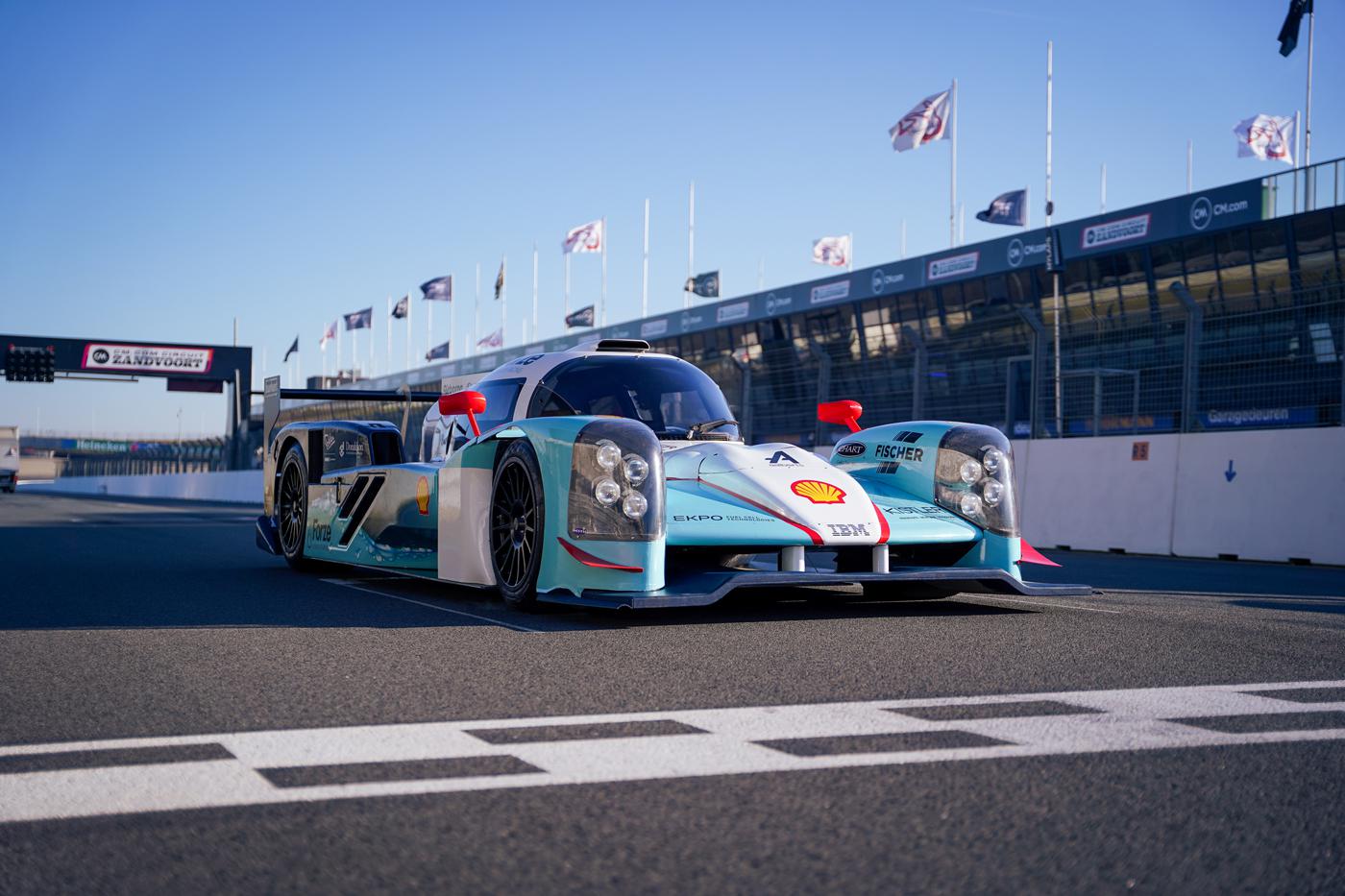
Which alternative power source has the momentum in motorsports?
At first glance, the answer to the question to the left would seem a lopsided one. Formula 1 has been using hybrid power units since 2014. The British Touring Car Championship (BTCC) engineered hybrid systems into its ‘saloons’ in 2022. Hybrid-powered LMDh prototypes were added to the IMSA WeatherTech SportsCar Championship starting with the 2023 season. That year those cars became eligible to compete in the World Endurance Championship’s (WEC) Hypercar class, including at Le Mans, and the WEC’s LMH prototypes were eligible to compete with IMSA’s LMDh cars in the US. And as this story is being written, IndyCar is several races into its new hybrid era, experiencing all the excitement and frustration one would expect from such a momentous change.
To Adrian Moore, CEO of UK- and US-based transmission manufacturer Xtrac (which is the sole transmission supplier to the NTT IndyCar Series and IMSA LMDh sports cars), the reason for this strong commitment to hybrid powertrains stems from “the OEMs in Western Europe and the US wholeheartedly heading down the route to full electrification.” With governments seemingly seeking a full ban of internal combustion by 2035, “in the future, everything will be EV. And in the past, everything was internal combustion. Between those two times, there are all these bridge technologies”—hybrid systems being among them—“and all these opportunities. Motorsports has very much engaged in and embraced hybrid.”
The IndyCar Hybrid System
Working with IndyCar to develop its new hybrid system was a “highly collaborative” experience, Moore said, “much the same” as his experience with IMSA a few years before. One big difference was that in IndyCar, Xtrac worked with IndyCar, Dallara, and two engine manufacturers, Chevrolet and Honda, while the IMSA development involved “IMSA and the ACO, the chassis manufacturers, and a number of different OEMs. With the hybrid partners Bosch and WAE (now Fortescue Zero), Xtrac had to ensure that no one had an advantage off the hybrid system because their engines were running at different speeds.”
In a nutshell, the IndyCar hybrid system consists of a motor-generator unit (MGU) and energy storage system (ESS), made up of 20 ultracapacitors, packaged inside the bellhousing between the Chevrolet or Honda engine and the Xtrac gearbox. The MGU builds power during regeneration, where it is stored in the ESS, and deploys that power via driver actuation, similar to IndyCar’s traditional Push to Pass system. Regeneration can take place either automatically, during braking or deceleration, or manually via buttons or paddles on the steering wheel. When combined with Push to Pass, the boost from the hybrid system adds 120 horsepower “for a total of 800-plus for the first time in two decades,” reported a source from IndyCar.
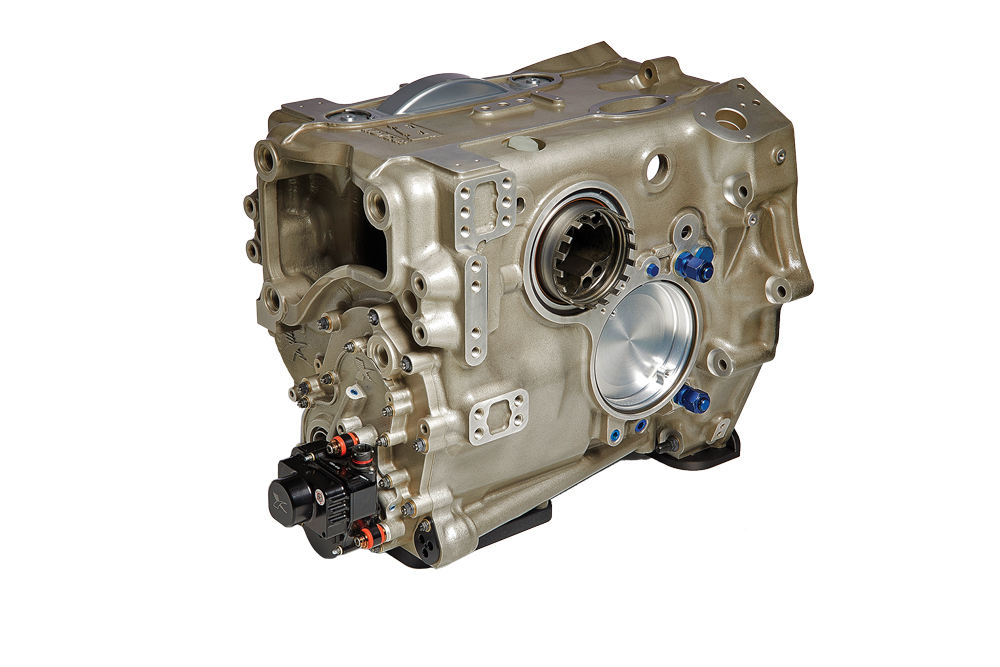
“The key is going to be the strategy of how you deploy the Push to Pass hybrid part of it, especially on ovals,” Moore said. Road and street courses present plenty of regen opportunities while slowing and braking for corners, which is not the case on an oval. “But on an oval, if you’re in the second car, you’re not at full throttle behind the car in the lead because you have the draft effect of being close behind the lead car. So you could charge your hybrid system, which could then give you an advantage over the car in front because that gives you the overtake. Obviously, there are some boundaries that IndyCar will put on by regulation, but the point with the hybrid is to really add some entertainment to it, add some overtakes.
“Motorsports is a very good ground for either proof-of-concept development and development of early application technology, or merely just demonstrating technology in an engaging, entertaining way,” Moore added. “It’s always been good at that. So there’s always this balance in motorsport: Is it technology? Or is it entertainment? And the reality is, it’s a bit of both depending on where you are in the cycle, in which series, and how the series is structured.”
Groundswell of Development
Hydrogen doesn’t share the same level of commitment by the OEMs. Just one hydrogen fuel cell vehicle, the Toyota Mirai, is sold in the US (and in California only). Yet there’s a groundswell of development aimed at using hydrogen as an alternative to conventional gasoline and diesel in all sorts of transportation applications, from over-the-road trucks to, yes, race cars. Toyota has fielded a GR Corolla with a hydrogen-fueled internal combustion engine in the Super Taikyu Series, including several of the series’ 24-hour endurance races, since 2021. In 2023, Toyota and Gazoo Racing unveiled the GR H2 Racing Concept vehicle, with a hydrogen-fueled ICE/hybrid powertrain, at Le Mans. That year ACO, the race’s organizers, indicated it would allow hydrogen engine and hydrogen fuel cell vehicles to compete in its upcoming hydrogen class. ACO’s commitment to hydrogen at Le Mans grew in 2024 with a Hydrogen Village in the paddock and several hydrogen-powered prototypes running an exhibition on the circuit. (The debut of the hydrogen prototype class has been delayed several times, though, and now isn’t likely until 2028, with “safety concerns” being cited as the reason, per Racer magazine.)
Hydrogen racing will hit the world stage before that, as Extreme E morphs into Extreme H for 2025, trading the Odyssey 21 electric race cars currently used in the off-road racing series for Pioneer 25 vehicles powered by hydrogen fuel cells. When asked why he was making the change, Extreme E/H founder Alejando Agag told Autosport, “Hydrogen can be the enabler of renewable energy all around the world.”
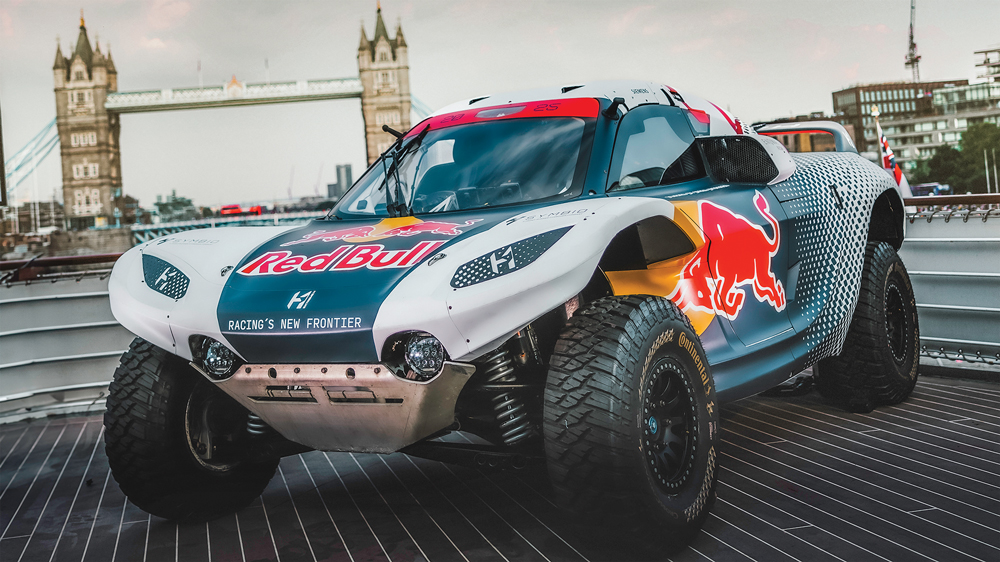
In the Netherlands, Forze Hydrogen Racing, which is made up primarily of students from the Technical University of Delft, has been developing hydrogen fuel-cell powered race cars since 2008. While their first few vehicles were essentially hydrogen go-karts, the latest, the Forze IX, looks like it would fit right in with the top-tier prototypes at IMSA or WEC. It is the first Forze race car powered by dual independent fuel cell systems driving an electric motor at each wheel.
“Our newest race car is the biggest one yet, and also the most complex,” said Olivier Estourgie, Forze’s chief fuel cell and powertrain. The 1,600-kilogram (about 3,500-pound) Forze IX can accelerate to 100 kph (62 mph) in under three seconds and has a top speed of over 300 kph (186 mph). By the time you read this, it will have made its debut at a Jack’s Racing Day weekend with a demo lap with its predecessor the Forze VIII in the Netherlands in August.
Its storage tanks hold enough hydrogen so refueling will not be needed during the hour-long race, though “you can refuel it quite quickly,” Estourgie said, which is part of what makes hydrogen “pretty much the perfect fuel for racing,” a “perfect middle ground” between a battery-operated electric car and a hybrid. “The positive side of the electric is that it has no emissions, but charging the car takes quite a long time. Refueling a hybrid car takes a short time, but the hybrid is not clean, with all the pollutants it exhausts.”
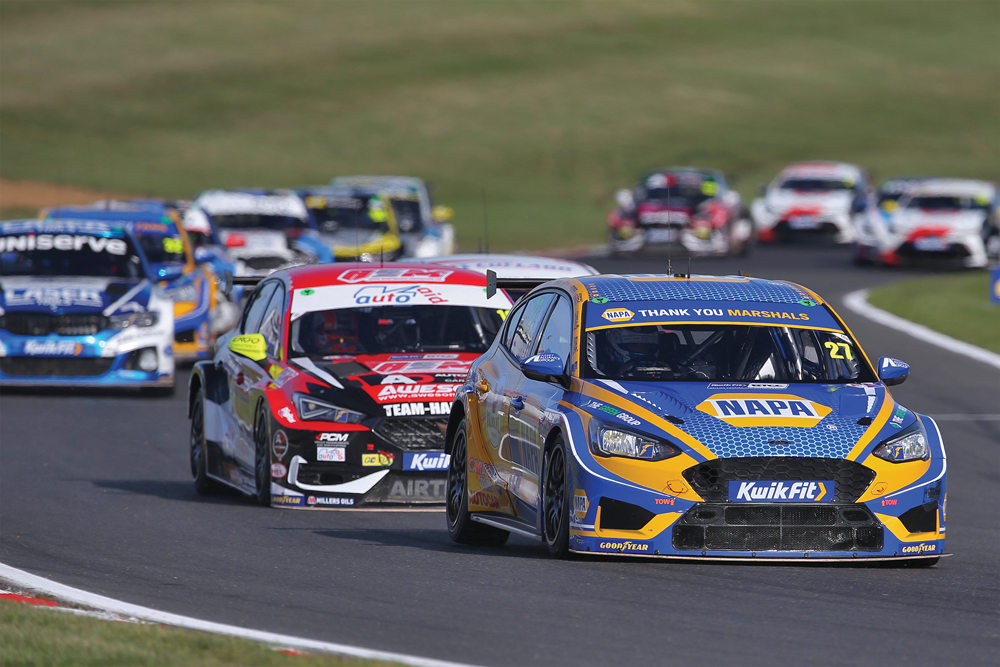
The mention of refueling brings up another topic that affects the use of hydrogen in racing: safety. Hydrogen is stored under high pressure, so sanctioning bodies are being careful in studying containment methods and how to keep them safe in the event of an on-track incident. There’s also the safety of pit crews, track officials, and spectators to consider when regulating the storage and handling of hydrogen between and during races. The racing industry simply doesn’t have the years of experience handling hydrogen that it does gasoline, methanol, nitromethane, and other race fuels that are also very volatile by nature. (See the “Hydrogen Hot Rods” sidebar for another expert’s view on hydrogen safety.)
Toyota mitigated the pressurization issue to some degree with its GR Corolla when it switched from using gaseous hydrogen to liquid in 2023. According to Toyota, liquid hydrogen does not need to be pressurized, simplifying the storage and handling logistics (while also doubling the fuel’s density, which improved the Corolla’s range). However, liquid hydrogen needs to be kept at temperatures lower than -253 degrees C (-423 degrees F) during filling and storage, which presents its own challenges and demands on refueling equipment.
And then there’s the matter of how the hydrogen is made. Hydrogen may be the most common element, but to get it into a form usable as a fuel it must be processed, and those processes run the gamut from environmentally friendly to not. In the industry, a hydrogen’s source is labeled with a color that makes up what’s called the Hydrogen Rainbow. Green hydrogen is the most desirable from an environmental standpoint, as it’s produced through electrolysis using electricity generated by renewable resources. It’s the most desirable but also the most expensive. At the other end of the scale is Gray hydrogen, which is derived from natural gas. Its production generates large volumes of carbon dioxide, which is antithetical to hydrogen’s “green” mission. A third color on the Rainbow, Blue hydrogen, captures those carbon dioxide emissions during production, making it a more environmentally responsible choice.
“Hydrogen fuel cells have been around for a long time,” Moore pointed out. “So the technology exists, but you’re now putting it into a pretty tough, performance driven environment, which really tests the technology.”
“Simply being clean is already, in our opinion, a big upside compared to hybrid, and therefore [hydrogen is] more future proof,” Estourgie contended. “As the technology matures a bit more, as it gets more widespread, fuel cell support will get stronger and stronger. So race cars can probably go faster and faster.”
Hydrogen Hot Rods
Mike Copeland of Arrington Performance in Brighton, Michigan, is best known for offering performance parts for Hemi engines and building some outrageous Hemi-based project vehicles. But he has also earned the nickname “the Hydrogen Guy” for developing ICE engines fueled by hydrogen. He unveiled his first hydrogen project at the 2021 SEMA Show, a 1948 Chevy pickup powered by a supercharged LS V8 that in its current state of tune makes 500 hp. At SEMA in 2022, Copeland pulled the wraps on a 1964 Falcon with a gen-three Coyote V8. Last year he debuted his biggest project yet: a dinosaur-themed Monster Truck named Jurassic Attack with a ProCharger-blown Chevrolet big block. Development on all three is ongoing; Copeland figures Jurassic Attack will enter full competition in 2026, once he has upped its engine’s output to 1,500 hp. Copeland tunes and fine-tunes his projects with the ultimate goal of offering hydrogen conversions to fleet customers, racers, street car owners, anyone interested in retaining the performance—physical and aural—of ICE engines without the carbon emissions.
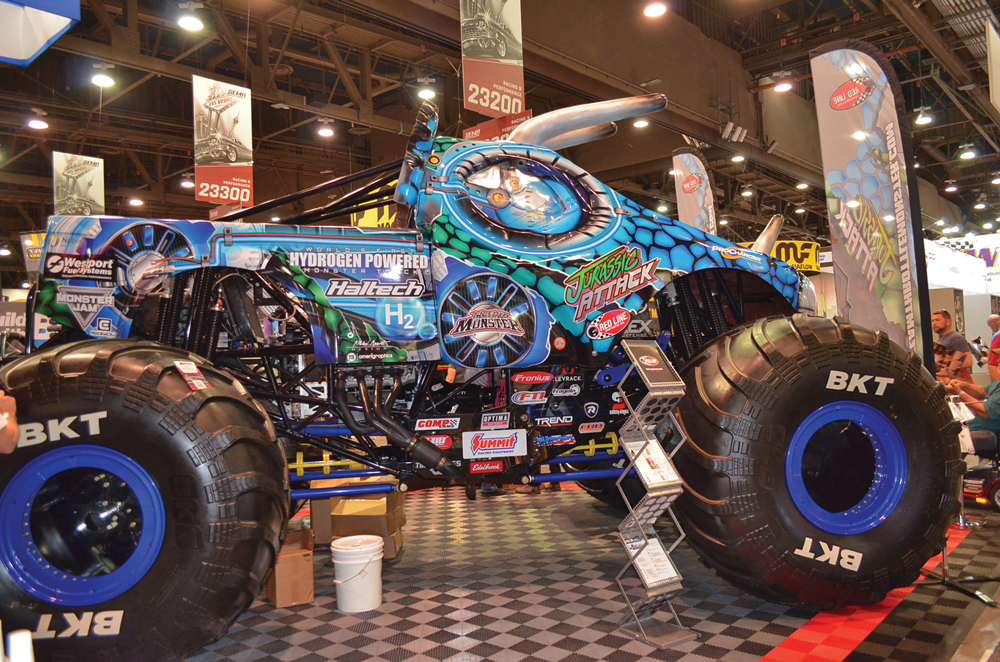
His reasons for investing so much time and effort into hydrogen engine development are very personal. “I have a grandson who just recently turned seven. Between my wife and I, we have something like 20 cars, and most of them are performance cars—hot rods, off-road trucks, that kind of stuff. I want my grandson to be able to drive our hot rods when he turns 16, but with the path that the country and the world is on, I’m not sure gasoline will still exist.”
Copeland is not a fan of electricity as the solution. “People love racing for the noise,” he pointed out, “and I think hydrogen is a simpler path to get where we want to be.”
Not that his path has been simple. He has hundreds of dyno hours on the Chevy pickup’s LS. “We’ve played with every timing curve known to man, every fuel curve, and we’ve played with components and component locations. I mean, we had to learn all this, right?”
He was able to obtain hydrogen injectors only through his connections as a former GM employee (he worked in Advanced Vehicle Integration) and friends at Bosch. Those early injectors were “tiny,” he said, so he had to place two in each of the LS’s cylinders. He found it difficult to buy hydrogen, or a tank to hold it, so he turned to a welding supply company, buying six hydrogen bottles at a time and getting just 18 minutes of run time from each. When he finally found a tank supplier in Canada, the tank he ordered was seized at the border because US Customs didn’t know what it was.
By “simpler,” he means his truck “sounds like it’s on gasoline, drives like it’s on gasoline, does all those things exactly the same.” Given hydrogen’s light weight in its gaseous form, the weight of the hydrogen fuel system is about the same as that in a gasoline-powered car. Refueling times for the pickup’s 3 kilogram tank are five minutes, about what one would spend at the gas pump. He’s had the truck through multiple EPA emissions tests, and it emits less carbon than what occurs naturally in the atmosphere and trace amounts of NOx.
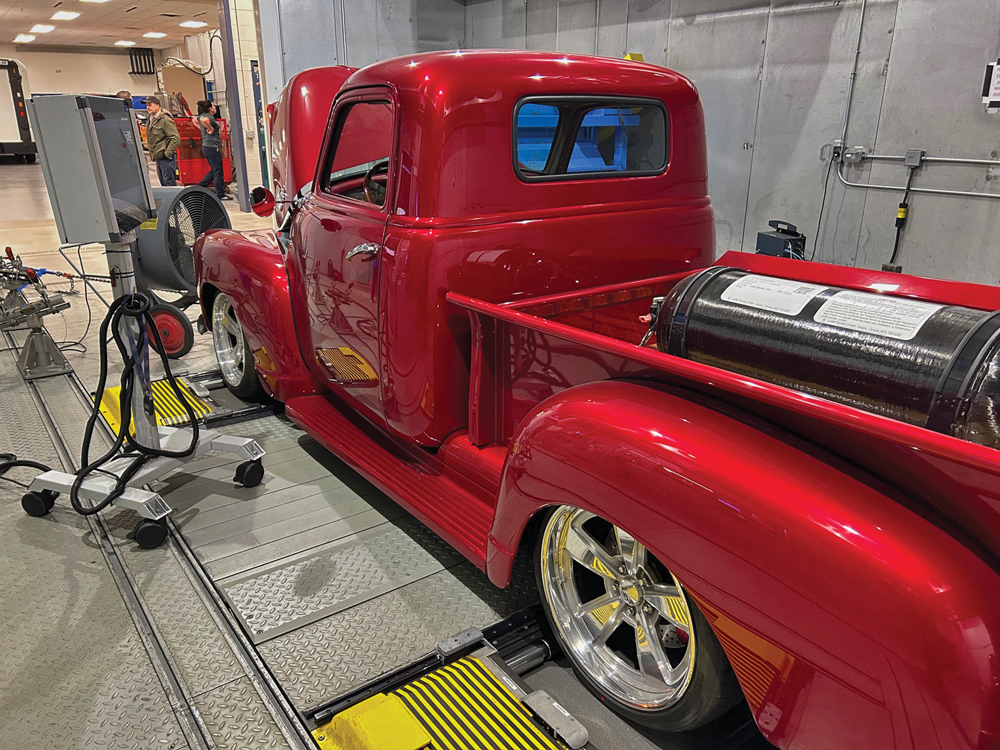
And safety? “We did a test where we created a hydrogen leak and set it on fire. Because hydrogen is the lightest element known to man, it went straight up and put itself out as it mixed with the atmosphere. It burns three times as fast as gasoline, and it goes straight up. So if a tank punctured, and a spark lit it, the hydrogen’s not going down, it’s not going to coat anybody. It’s going straight up, and it’s going to burn up as it goes up.”
Copeland sees the future of racing, at least with conventional fuel, as uncertain. “It only takes one law from the Senate or the House of Representatives, and racing will cease to exist. What are you going to do, put a set of catalytic converters on a Pro Stock car? Or a NASCAR car? What happens when they have to emissions test them? I’m going after this market because it’s my passion. I love hot rods, and I want to see them continue in the future.”
—Drew Hardin
SOURCES
Arrington Performance-Hydrogen
arrington-hydrogen.com
Forze Hydrogen Racing
forzehydrogenracing.com
Xtrac
xtrac.com
 MEMBERSHIP LOGIN
MEMBERSHIP LOGIN JOIN PRI
JOIN PRI


